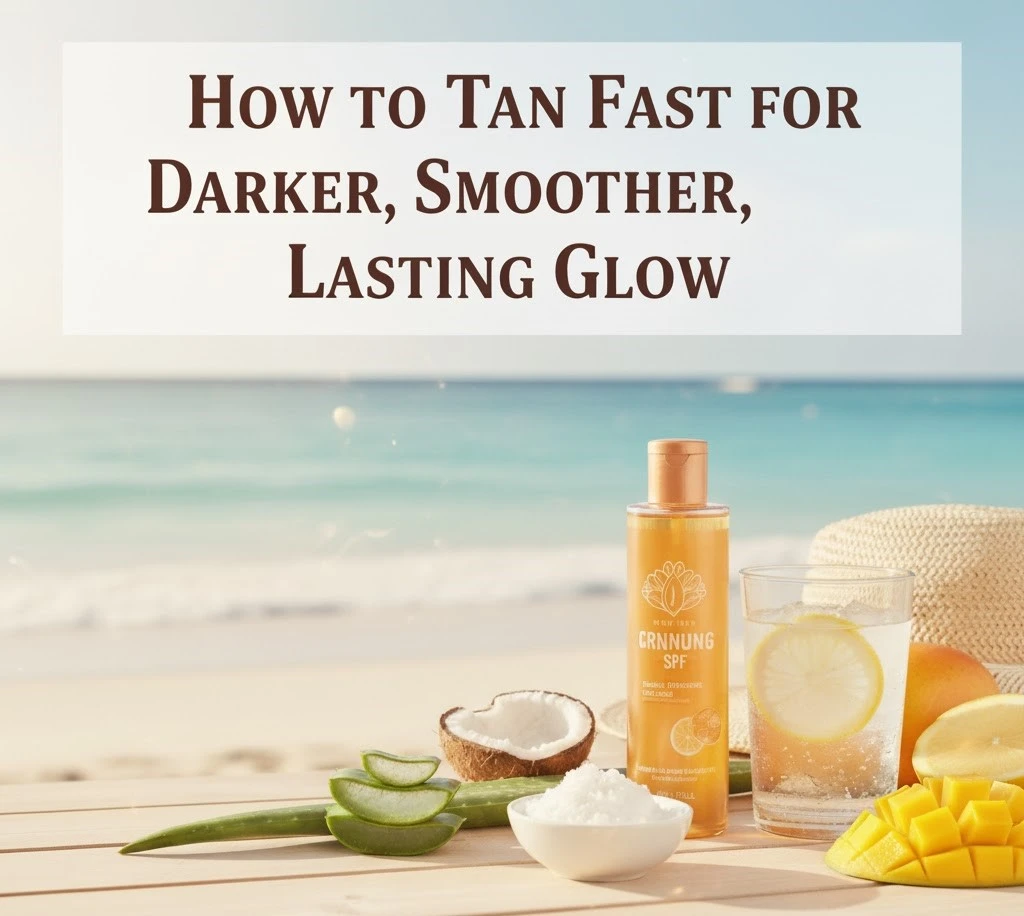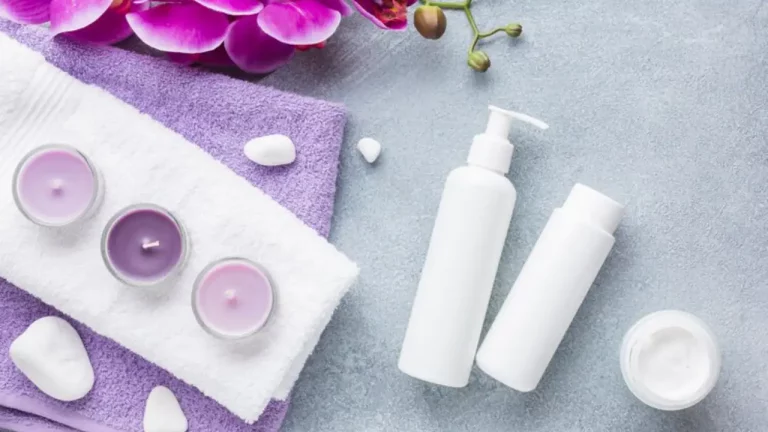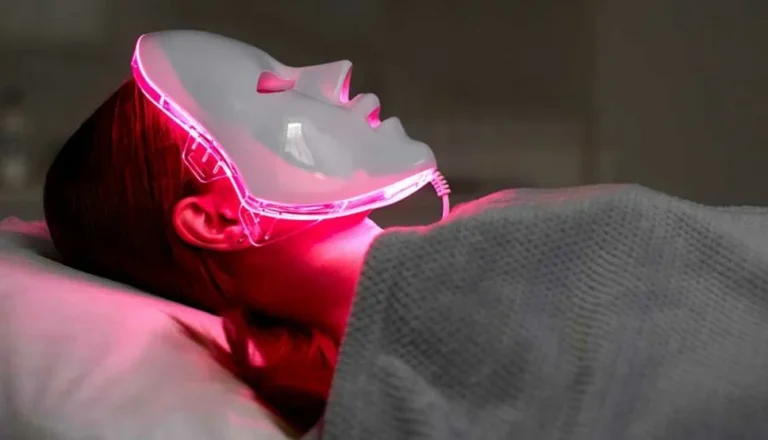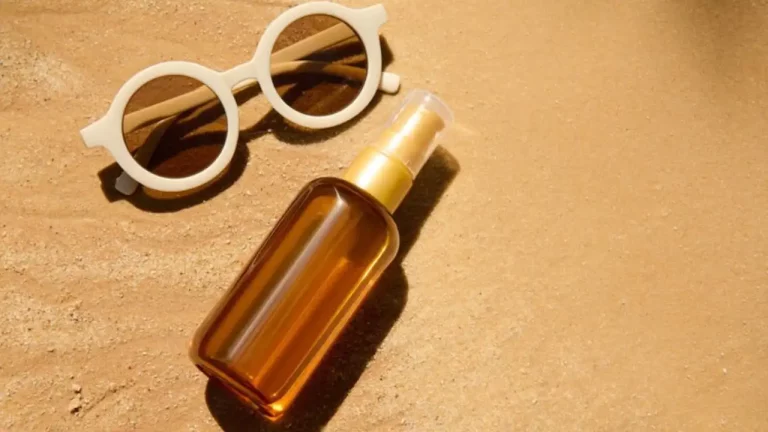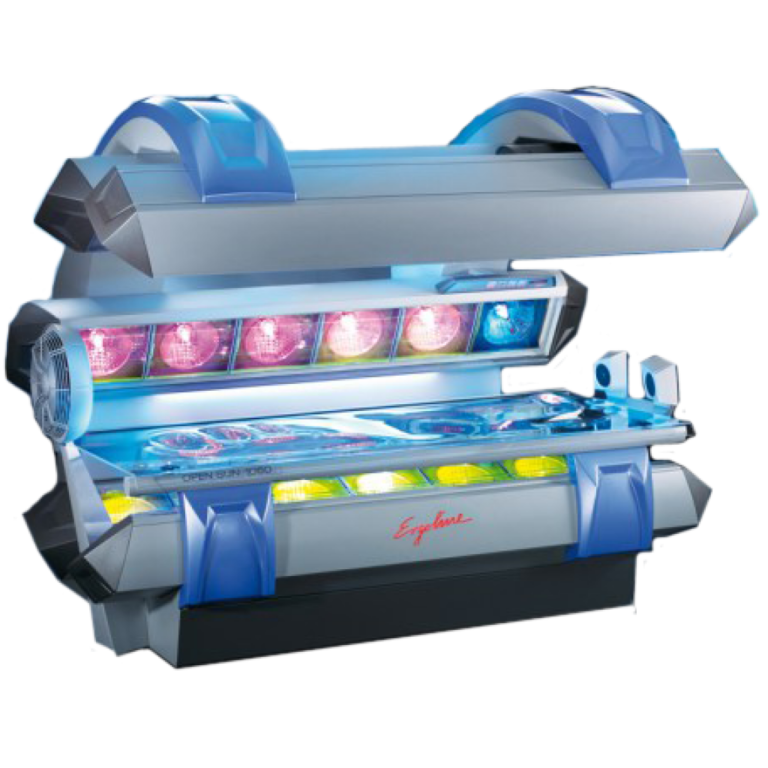How to Tan Fast for a Darker, Smoother, Lasting Glow
If you want to know how to tan fast and get a deep, smooth glow, you need to do more than just sit in the sun. Tanning is a process that starts before you step outside and continues long after you finish. The goal is to get darker skin safely, evenly, and without damaging it.
People often rush tanning and end up with burns, dry patches, or uneven tones. That happens when you skip key steps like preparing your skin or controlling exposure. To tan faster and better, you must understand how your skin reacts to UV light and what helps it produce melanin efficiently.
This guide walks you through every step. You’ll learn how tanning works, how to prepare your skin for faster colour, how to tan under the sun or in a tanning bed safely, and how to keep that glow smooth and long-lasting. Every tip here focuses on results without harming your skin.
By the end, you’ll know exactly what to do before, during, and after tanning to get a darker, healthier-looking tan that lasts
Table of Contents
Why People Want a Darker Glow
Many people link a tan with health, leisure or attractiveness. Some reasons:
- A darker tan can give the impression of time outdoors and vitality.
- Many fashion and beauty standards favour a bronze skin tone.
- A smoother, even tan often signals well-cared skin.
Whatever your reason, it’s worth doing the process right so your glow looks intentional rather than patchy or forced.
Understanding How Tanning Works
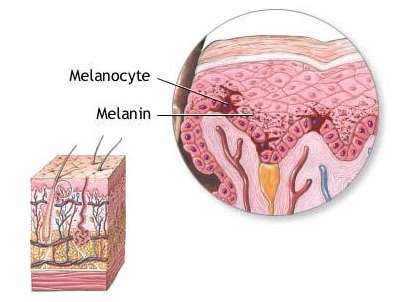
Here’s the science behind how your skin tans when you ask how to tan fast:
- Your skin contains special pigment-producing cells called melanocytes. When exposed to UV radiation, these melanocytes produce more of the pigment melanin.
- UVB light drives new melanin production (melanogenesis) and occurs in the upper skin layers.
- UVA light oxidises existing melanin (it darkens what’s already there) but leads to much less protective effect and more risk.
- In simple terms tanning = your skin’s response to UV damage. A tan shows your skin is actively working to protect itself.
- According to the U.S. Food & Drug Administration there is “no such thing as a safe tan”; the increase in pigment is a sign of damage.
Table: UVA vs UVB effects on tanning
| Ultraviolet Type | Primary Skin Effect | Role in Tanning | Risk Consideration |
|---|---|---|---|
| UVA (longer wavelength) | Penetrates deeper into epidermis | Oxidises melanin already present, quick colour change | Less protective, more damage potential |
| UVB (shorter wavelength) | Affects outer layer (epidermis) | Stimulates new melanin production (stronger effect, slower onset) | Burns, DNA damage, higher skin cancer risk |
You want to tan faster and deeper but you must respect the skin’s biology and risks.
Natural vs. Artificial Tanning Methods
When you ask how to tan fast, you’ll face a choice: natural sun tanning or artificial methods (like tanning beds or spray tans). Here’s how they compare:
Natural sun tanning
- Uses sunlight (UVA + UVB) to trigger melanin production.
- Offers gradual, often more even results if done correctly.
- Requires sun power, timing and skin prep.
Artificial tanning (tanning beds / sunbeds, spray tanners, lotions)
- Tanning beds mostly emit UVA (and some UVB) to speed up the process.
- Spray tans or self-tanners use dyes (e.g., DHA) and avoid UV exposure but do not actually increase melanin or offer UV protection. (Important: they change the colour but do not improve your skin’s actual tan biology.)
- Artificial UV exposure carries similar or higher risks of skin damage and cancer. The FDA warns tanning beds increase risk.
Key takeaway: Both paths can help you tan faster but only if you’ve prepared your skin and you manage the risk. Choose the method that fits your goals, tolerance for risk, and timeline.
Preparing Your Skin Before Tanning
Before you try to tan fast, your skin must be ready. Prepping it properly helps you get an even colour and protects it from unnecessary damage.
Exfoliate to Remove Dead Skin Cells
Exfoliation clears out the layer of dead skin so fresh skin can absorb UV more evenly and you avoid patchy colour.
- Use a gentle scrub or chemical exfoliant 24-48 hrs before tanning.
- Focus on rough areas (elbows, knees).
- After exfoliating, wait for the skin to calm before tanning.
Moisturize to Create an Even Surface
Well-hydrated skin tans more evenly and retains colour longer.
- Apply a good moisturizer at least a few hours before exposure.
- Avoid greasy blockers or heavy sunscreens if you’re prepping for a self-tanner or a tanning session.
- If skin is dry, uneven patches may absorb UV differently, leading to blotchy tan.
Eat Skin-Healthy Foods for Better Melanin Production
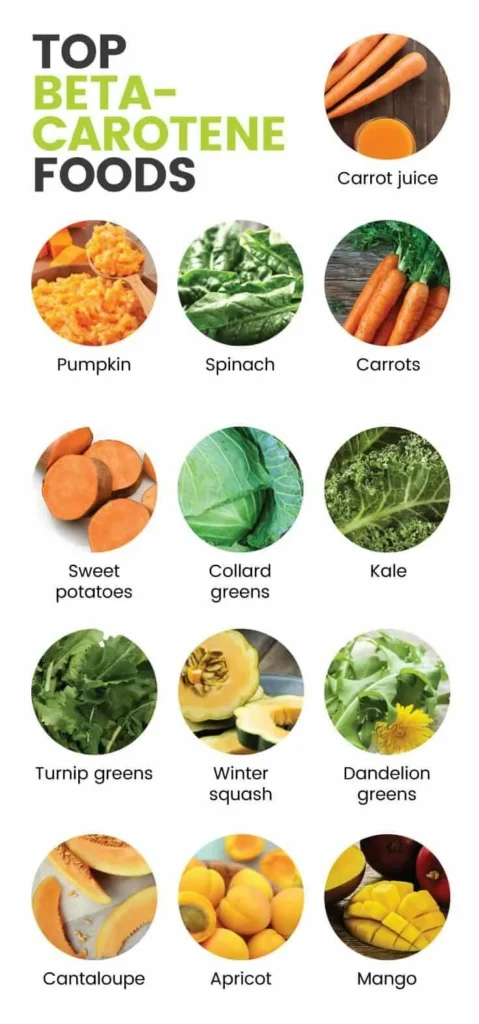
Nutrition supports your skin tone and texture, which is part of the “how to tan fast” equation.
- Foods rich in beta-carotene and carotenoids appear to help skin appearance and may enhance glow. For example: carrots, sweet potatoes, spinach.
- A review found that carotenoids in diet had photoprotective effects (protection from UV damage) and may support skin health.
- But: eating carrots alone won’t give you a full tan; it may change skin hue slightly (yellow-orange) rather than mimic UV-induced melanin darkening.
Tanning Safely Under the Sun
Tanning under natural sunlight can be effective if done correctly. You just need to manage timing, use protection, and keep your skin hydrated.
Choose the Right Time to Tan
- UV intensity is highest between ~10 a.m. and ~4 p.m. in many places; shorter exposure earlier or later is safer.
- Start with short sessions (10-20 minutes depending on skin type) and increase gradually.
- Identify your skin type: fair skin burns faster, deeper skin tones may tolerate more but still need caution.
Use Natural Oils for a Faster Tan
Some people use natural oils (e.g., coconut oil, olive oil) to boost UV absorption.
- Oils can help even heat distribution and possibly speed up tanning but they do not replace sunscreen.
- Neutral oils (without SPF) increase UV penetration; always pair with low-SPF sun-protection if you’re already comfortable with risk.
- Monitor your skin every few minutes for signs of burn.
Apply Sunscreen to Avoid Skin Damage
Even when you want to tan fast you must still protect your skin.
- Use a broad-spectrum sunscreen (UVA + UVB protection).
- Reapply every 2 hours or after sweating/swimming.
- A tan is a sign of skin damage (melanin increase) so minimizing further damage matters.
- If you burn, you destroy skin cells and that interferes with smooth even tanning.
Using Tanning Beds for a Faster Result
Tanning beds can speed up results but need careful control. Understanding exposure times and product use keeps your skin safe.
Adjust Exposure Time Carefully
- Tanning beds emit UVA and some UVB; you can reach a tan faster but risk is higher.
- Start with minimal time: many salons recommend short sessions for first exposures.
- Never exceed recommended time for your skin type. Overexposure causes burns and long-term damage.
Apply Tanning Lotion for Even Coverage
- Use a lotion designed for tanning bed use (often accelerators or bronzing lotions).
- Apply evenly across the body; avoid thick layers on creases because they may over-bronze those areas.
- Clean skin before tanning bed: remove makeup, perfumes, heavy oils.
Take Breaks Between Sessions for Skin Recovery
- Do not use tanning bed daily. Allow your skin to recover: new melanin production and migration takes time.
- Overuse leads to more damage, faster aging, higher skin cancer risk. The more you push “how to tan fast”, the higher the risk.
Enhancing Your Tan Naturally
Once you start building colour, you can boost it naturally. Hydration, good nutrition, and aftercare make your tan smoother and more vibrant.
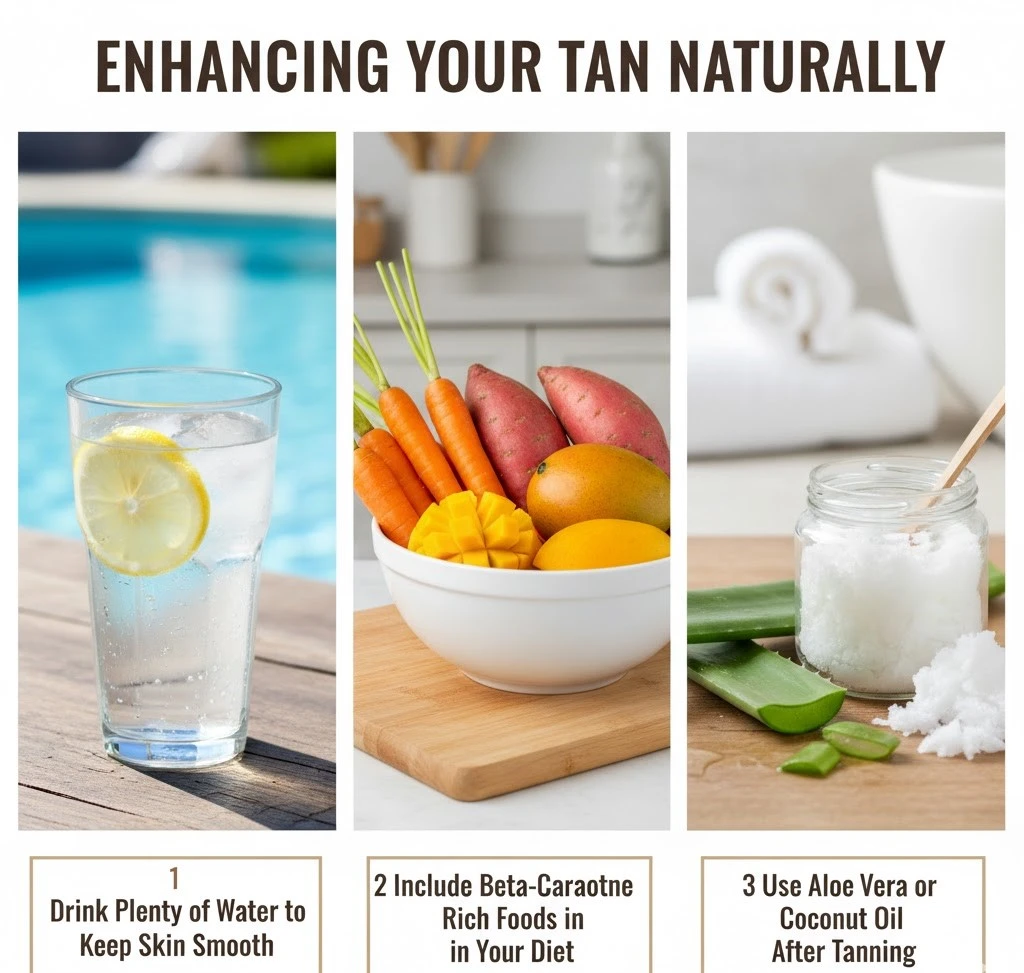
Drink Plenty of Water to Keep Skin Smooth
Hydrated skin reflects light more softly and holds pigment better.
- Drink 1.5-2 litres of water per day (or more if you’re in heat/sun).
- Use a daily moisturizer with humectants to lock in hydration.
Include Beta-Carotene Rich Foods in Your Diet
- Carrots, sweet potatoes, spinach, kale, tomatoes are good sources.
- A diet high in fruits and vegetables led to measurable increase in skin pigments (carotenoids) in a clinical trial.
- But remember: this effect is subtle; it supports your glow rather than replaces UV tan.
Use Aloe Vera or Coconut Oil After Tanning
- After exposure, your skin needs soothing and repair. Aloe vera gel helps calm inflammation.
- Coconut oil or light body oils help seal in moisture and preserve your tan.
- Avoid heavy perfumes or irritants right after tanning.
Maintaining a Dark and Smooth Tan
A great tan fades fast without proper maintenance. Simple daily care keeps your glow even, dark, and healthy.
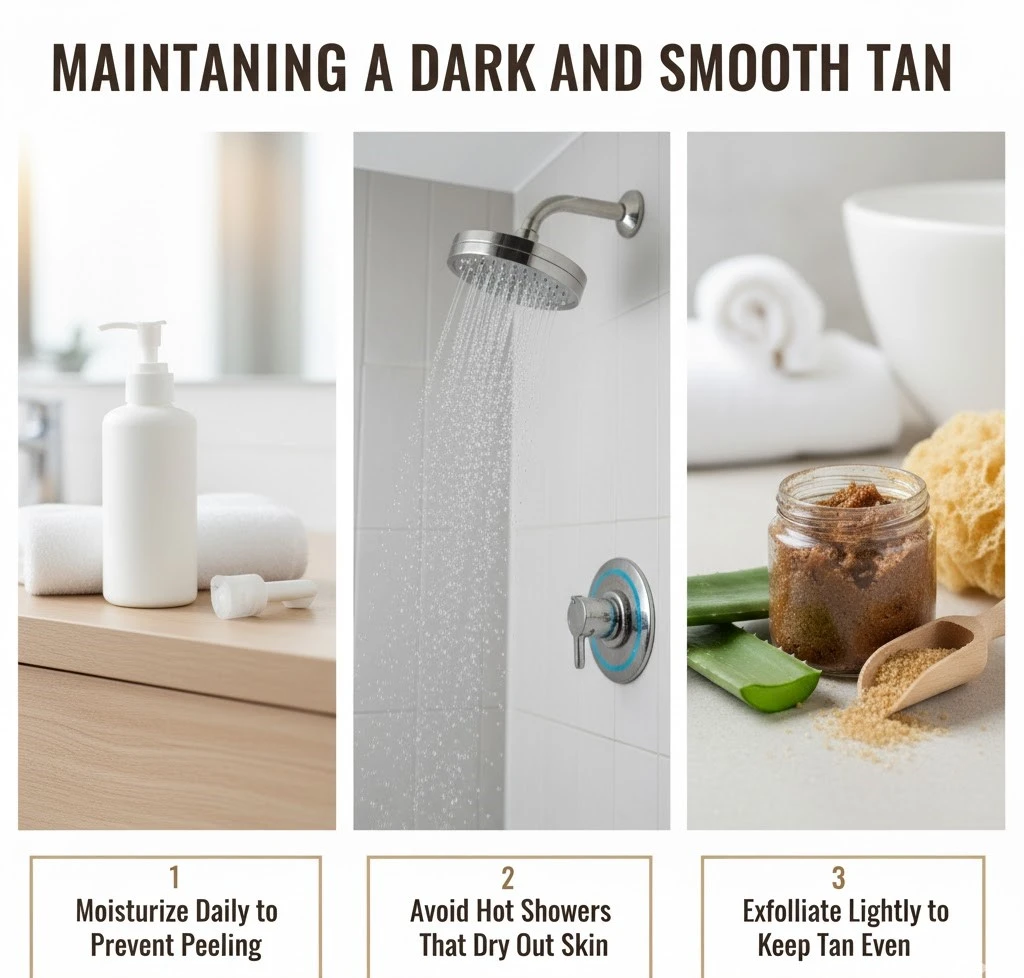
Moisturize Daily to Prevent Peeling
- Dry skin will flake, which removes tanned pigment and creates patchiness.
- Use moisturizers each evening. Richer creams at night, lighter lotions during the day.
Avoid Hot Showers That Dry Out Skin
- Hot water strips oils and moisture from skin, making peeling more likely.
- Use lukewarm water, and apply moisturizer within 5 minutes after drying off to lock in hydration.
Exfoliate Lightly to Keep Tan Even
- Every 5-7 days do a gentle exfoliation to prevent buildup of dead skin cells.
- This helps your tan fade evenly (rather than patchy) and gives smoother appearance.
- Avoid heavy scrubs or aggressive exfoliation; you still want to retain the tan pigment, not remove it.
Mistakes to Avoid When Trying to Tan Faster
Tanning mistakes can undo your progress or harm your skin. Knowing what to avoid helps you tan smarter and safer.
Skipping Sunscreen
- Not using broad-spectrum sunscreen increases your risk of burn, early ageing, skin cancer.
- Claiming “just a little sun” without protection is risky because a tan itself signals damage.
Overexposure to UV Rays
- Longer sessions don’t necessarily make the tan deeper in a healthy way; they increase damage.
- UVA tanning (quick tan) gives little protective benefit and more risk.
Using Harsh Products That Dry the Skin
- Alcohol-heavy lotions, strong exfoliants right after tanning, hot tubs can all dry your skin and ruin the smooth tan you sought.
- Uneven absorption of UV due to rough or dry patches leads to blotchy tan.
Conclusion
If you want to learn how to tan fast, remember this: faster doesn’t mean reckless. You can accelerate your tan and get a smoother, darker glow by preparing your skin, choosing the right method, enhancing your skin’s natural qualities, and maintaining it well. But you must always pair sun or UV exposure with protective steps, hydration, nutrition, and gradual progression. Respect your skin’s limits. Your results will look better, last longer, and will be healthier that way.
FAQs
1 Is a tan safe?
No. A tan always means your skin has been exposed to UV radiation and has responded by increasing melanin. The U.S. Food & Drug Administration states there is “no such thing as a safe tan
2 Can I get a good tan without sun or UV?
Only spray tans or self-tanning lotions give colour without UV exposure. They don’t increase melanin nor offer protection. They may help the look but not the biology.
3 Does diet alone allow me to tan faster?
Diet supports skin health and may enhance subtle glow (via carotenoids) but won’t match UV-induced melanin production for a deep tan.
4 How often should I tan to maintain colour?
Tanning sessions should be spaced to allow skin recovery. For maintenance, shorter, less frequent exposure, combined with moisturising and hydration, is better.
5 What is the safest way to get a deeper tan?
Use moderate UV exposure (sun) with sunscreen, hydrate well, moisturise skin, eat skin-healthy foods, prepare skin (exfoliate) and avoid burns. Avoid overuse of tanning bed

